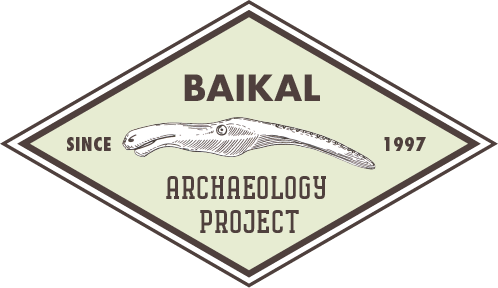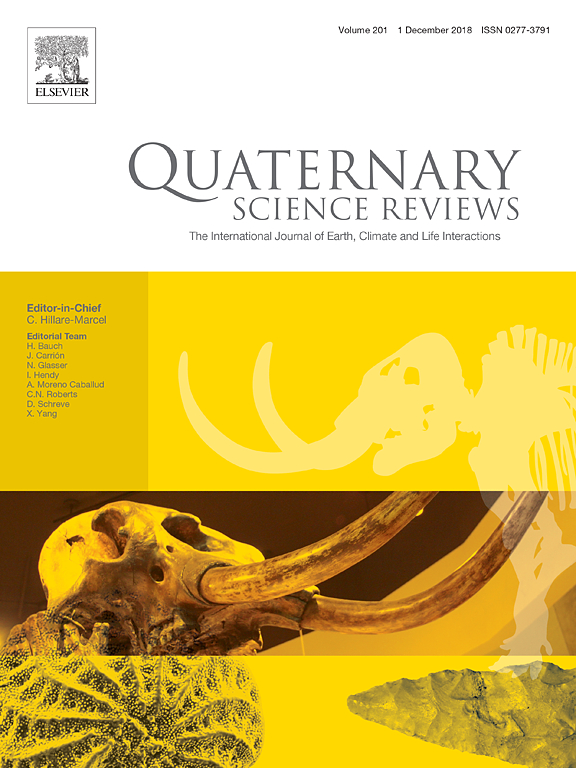Congratulations to Dr. Christian Leipe for the recent publication of his article in Quaternary Science Reviews!
Christian says it is a part of the BAP and he would like to share this wonderful good news with all team members.
Title: “Vegetation change and human impacts on Rebun Island (Northwest Pacific) over the last 6000 years.”
Full reference: Leipe, C., Müller, S., Hille, K., Kato, H., Kobe, F., Schmidt, M., Seyffert, K., Spengler III, R., Wagner, M., Weber, A.W., Tarasov, P.E., 2018. Vegetation change and human impacts on Rebun Island (Northwest Pacific) over the last 6000 years. Quaternary Science Reviews 193, 129-144.
Abstract: This study presents a high-resolution, chronologically well-constrained pollen record from Lake Kushu (45°25′58″N, 141°02′05″E) and a record of archaeobotanical remains from the nearby Hamanaka 2 archaeological site. The pollen record suggests continuous long-term cooling, which parallels the decline in Northern Hemisphere summer insolation. This cooling trend is overlaid by several rather quick transitions towards cooler conditions (ca. 5540/5350, 1550, and 390 cal BP) and one distinct decadal-scale cold event around 4130 cal BP. These shifts, on one hand, correspond with major hemispherical or global-scale climate transitions/events, including the ‘Holocene Climate Transition’, the onset of the ‘Dark Ages Cold Period’ main phase, the ‘Little Ice Age’, and the ‘4.2 kiloyear event’, respectively. On the other hand, the shifts partly coincide with transformations in the Hokkaido prehistoric cultural sequence including the onset of the Middle Jomon (ca. 5000 cal BP), the Middle/Late Jomon transition (ca. 4000 cal BP), the immigration of Okhotsk culture groups (from ca. 1500 cal BP), and the establishment of the Classic Ainu culture (ca. 350 cal BP). AMS radiocarbon dating of charred macrobotanical remains from Hamanaka 2 suggests three discontinuous occupational periods ca. 390-50 BCE, 420-970 CE, and from 1640 CE, which correspond to the northern Hokkaido Epi Jomon (ca. 300-100 BCE), Okhotsk (ca. 500-1000 CE), and Classic Ainu (ca. 1600-1868 CE) cultural phases, respectively. While impact on the island’s natural environments (forest clearance) was marginal during the Epi Jomon.
Congratulations to Christian and co-authors!


